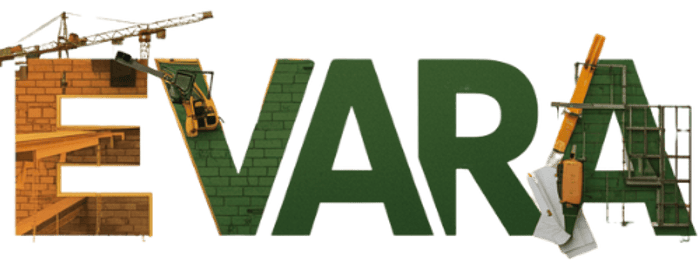How Evara Redevelops Your Building or Society: A Step-by-Step Guide
Introduction
Redeveloping a building or housing society is a complex yet rewarding process that enhances structural integrity, modernizes facilities, and improves overall living conditions. At Evara, we specialize in seamless redevelopment, ensuring minimal disruption while maximizing value for residents. This step-by-step guide details our comprehensive approach to redevelopment.
Step 1: Initial Assessment and Feasibility Study
Before initiating redevelopment, Evara conducts an in-depth evaluation to determine the viability of the project. This includes:
Site Inspection and Structural Analysis:
Assessing the current condition of the building.
Identifying safety risks, structural weaknesses, and compliance gaps.
Legal and Regulatory Compliance:
Reviewing municipal regulations, zoning laws, and building codes.
Ensuring adherence to government redevelopment policies.
Feasibility Study:
Conducting a cost-benefit analysis to determine financial viability.
Evaluating potential return on investment and funding options.
Resident and Stakeholder Consultation:
Engaging with society members and obtaining their input.
Addressing concerns regarding temporary relocation and final project outcomes.
Step 2: Planning and Design
Once the feasibility study is complete, Evara collaborates with architects, engineers, and urban planners to develop a master plan. Key components of this stage include:
Blueprint and Layout Design:
Creating modern, sustainable, and efficient building designs.
Optimizing space utilization while maintaining community aesthetics.
Approval and Permitting:
Submitting redevelopment proposals to municipal authorities.
Securing necessary approvals from local governing bodies.
Financial Planning and Agreements:
Finalizing funding sources (developer investment, loans, or government grants).
Drafting agreements with residents, builders, and stakeholders.
Temporary Relocation Planning:
Arranging alternative housing for residents during construction.
Providing financial support or rental compensation as per legal requirements.
Step 3: Demolition and Site Preparation
After approvals are secured, the old structure is safely demolished to make way for redevelopment. Evara ensures:
Safe Demolition Practices:
Following strict safety protocols to prevent hazards.
Managing waste disposal and recycling materials where possible.
Site Preparation:
Clearing debris and preparing the land for new construction.
Conducting soil testing and foundation analysis.
Infrastructure Upgrades:
Improving drainage, sewage, and utility connections.
Implementing smart infrastructure solutions for better energy efficiency.
Step 4: Construction and Development
Evara follows a structured construction timeline to ensure timely completion of the new building. This phase includes:
Foundation and Structural Work:
Constructing a strong and durable foundation.
Implementing earthquake-resistant and sustainable building techniques.
Core Construction:
Erecting walls, floors, and roofing using high-quality materials.
Installing plumbing, electrical, and HVAC systems.
Interior and Exterior Finishing:
Designing modern, functional, and aesthetically pleasing interiors.
Landscaping and creating community spaces such as parks and recreational areas.
Quality Control and Safety Inspections:
Conducting rigorous quality audits at each construction stage.
Ensuring adherence to safety regulations and construction standards.
Step 5: Handover and Resident Move-In
As the redevelopment nears completion, Evara ensures a smooth transition for residents back into their new homes. This involves:
Final Approvals and Certifications:
Obtaining occupancy certificates from local authorities.
Conducting final safety inspections and compliance checks.
Resident Allocation and Possession:
Assigning homes as per pre-agreed allotments.
Assisting residents with the move-in process.
Post-Occupancy Support:
Providing maintenance and warranty services for initial months.
Addressing any concerns or issues faced by residents.
Conclusion
Evara’s redevelopment process is designed to transform aging buildings into modern, safe, and vibrant communities. With a focus on efficiency, transparency, and resident satisfaction, we ensure that redevelopment projects are completed smoothly, enhancing the overall value and livability of the space.
For more information on how Evara can redevelop your building or society, contact us today!
